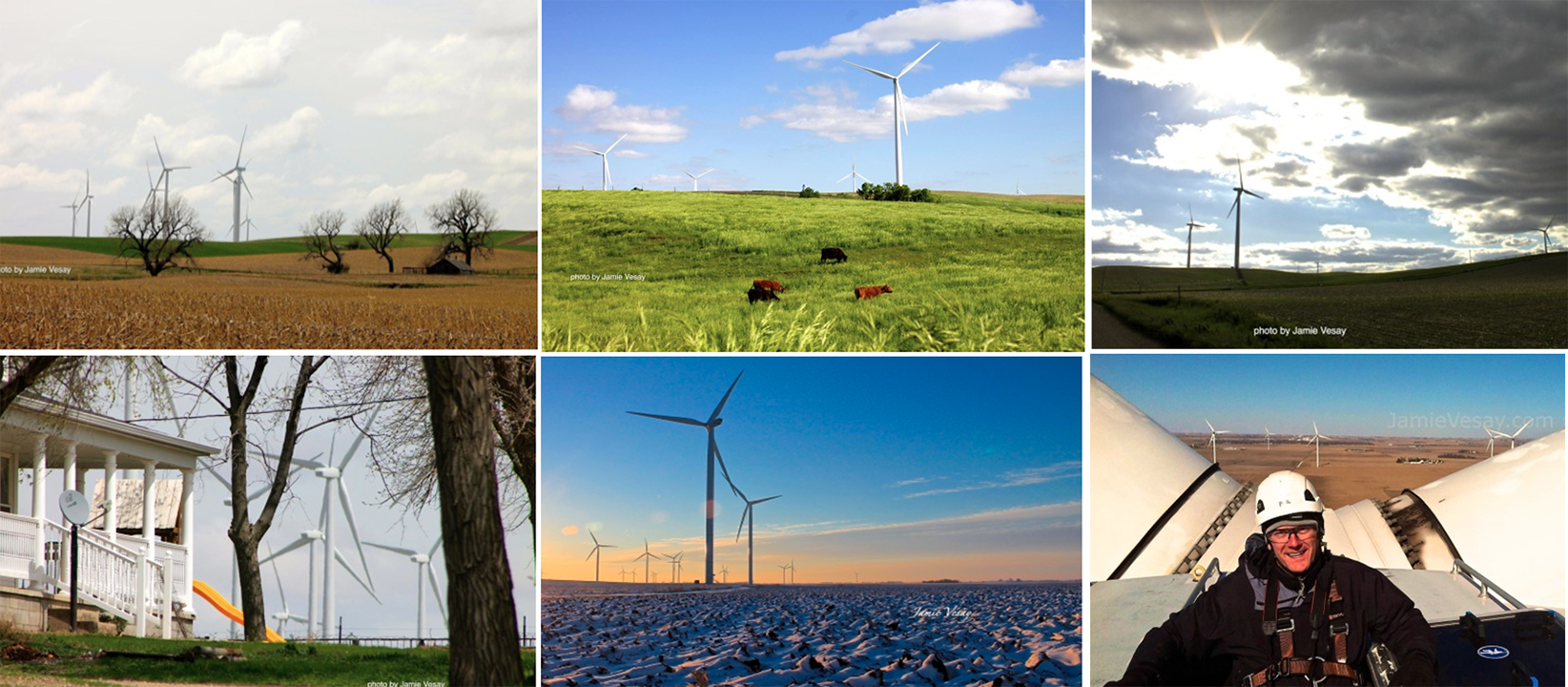-
Scouting, Shooting near Wind Turbines

Jamie Vesay Jamie Vesay is a Location Scout, Manager, Fixer, Producer, based in Omaha, Nebraska USA. JamieVesay.com There is something mesmerizing about them. Wind turbines. In a group, they’re known as an array. It’s when you get to be up close or go inside and be on top of one is when you really appreciate and…
-
WheresSpot ProTips: Posting and Responding

Posting Thoughts on how a post seeking help should be constructed First, a post should be as complete as possible. A quality post gives you your best chance of receiving quality replies. Plus you are saving your time, and others. This is harder than you may think, what does a complete post read like anyway?…
-
Location Scout With Your Ears, Too

As a production sound mixer, my priority is to capture pristine dialog. It’s rare to work in a location that is free of noise issues and so I employ every tool at my disposal to separate the noise from the performance. What shouldn’t be rare, however, is avoiding locations with significant noise issues altogether. Imagine…